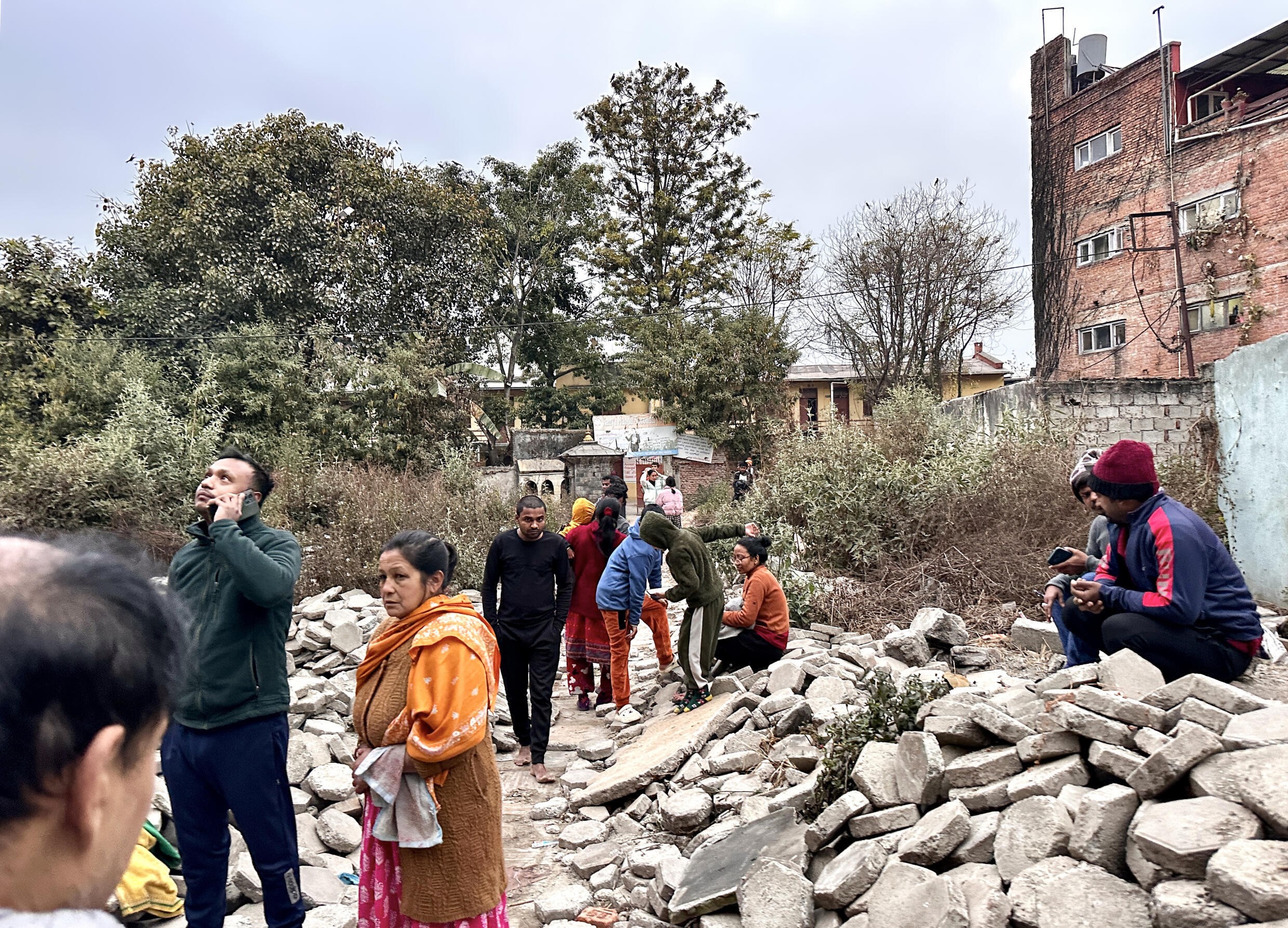A powerful earthquake struck a high-altitude region of western China and parts of Nepal on Tuesday, wreaking havoc and resulting in significant casualties. The quake, which registered a magnitude of 7.1 according to the US Geological Survey, occurred at 9:05 AM local time, causing extensive damage in Tibet, where at least 95 fatalities have been reported. The disaster has left hundreds of homes in ruins and scattered debris across the streets, complicating rescue efforts in the remote area.
Rescue teams have been tirelessly navigating through piles of rubble in the hardest-hit villages, using ladders to reach those trapped beneath the debris. Disturbing footage released by China’s Ministry of Emergency Management depicted rescue workers carrying injured individuals on stretchers, carefully maneuvering over the unstable wreckage of collapsed buildings.
In addition to the fatalities, state broadcaster CCTV reported that at least 130 individuals sustained injuries in the quake-affected areas of Tibet, specifically on the Chinese side of the border. Over 1,000 homes were damaged in this sparsely populated and rugged terrain, with reports indicating that entire streets were buried under fallen building materials, crushing parked vehicles beneath.
The earthquake’s epicenter was located near Dingri County, which lies along the Himalayan border with Nepal, impacting a region inhabited by approximately 800,000 people. Shigatse city, which serves as the administrative center for this area, has witnessed significant destruction, with many structures reduced to mere rubble. Images broadcasted by Tibet Fire and Rescue showcased the extent of the devastation, as rescue personnel sifted through the debris in search of survivors.
Despite the ongoing rescue operations, efforts have been hampered by a lack of heavy machinery, highlighting the logistical challenges in reaching the isolated communities affected by the quake. With temperatures plummeting to around 5 degrees Fahrenheit (minus 15 degrees Celsius), the urgency to locate survivors is paramount, although it remains unclear how many residents have been rendered homeless by this disaster.
Multiple aftershocks have rattled the region, with the strongest recorded at a magnitude of 4.4. The quake's depth was measured at around 10 kilometers (6.2 miles), and while the China Earthquake Networks Center reported it as a 6.8 magnitude event, the US Geological Survey classified it as 7.1, marking it as a highly significant seismic activity in the area.
Approximately 1,500 firefighters and emergency responders have been deployed to aid in the search and rescue operations, according to the Ministry of Emergency Management. In response to the disaster, central authorities have dispatched disaster relief supplies, including cotton tents, quilts, and other essentials suited for high-altitude and frigid conditions to the affected areas.
Although earthquakes are commonplace in this seismic region, this latest tremor was the most powerful recorded within a 200-kilometer radius in the past five years, as noted by the China Earthquake Networks Center. The nearest major city to the epicenter is Shigatse, the second-largest city in Tibet, known for its cultural and spiritual significance as the seat of the Panchen Lama, a key figure in Tibetan Buddhism. The extent of damage to Shigatse’s ancient monasteries, which hold historical importance, remains uncertain.
The earthquake’s tremors were also felt in neighboring regions, including Kathmandu, Nepal, and parts of India. Local resident Meera Adhikari described her experience during the quake, stating, "My bed was shaking, and I’m still trembling from fear and shock." The widespread impact of the earthquake underscores the geological volatility of the region, especially given its proximity to one of the world’s highest peaks, Mount Everest.
Zainab Y.
Also on site :
- Adorable Elephant Breaks Free From National Park and Heads Right to the Snack Aisle at the Grocery Store
- Chicago Forecast: Pleasant temperatures, mostly cloudy skies ahead of possible evening rain
- Yemen’s al-Qaida branch leader threatens Trump, Musk and others

